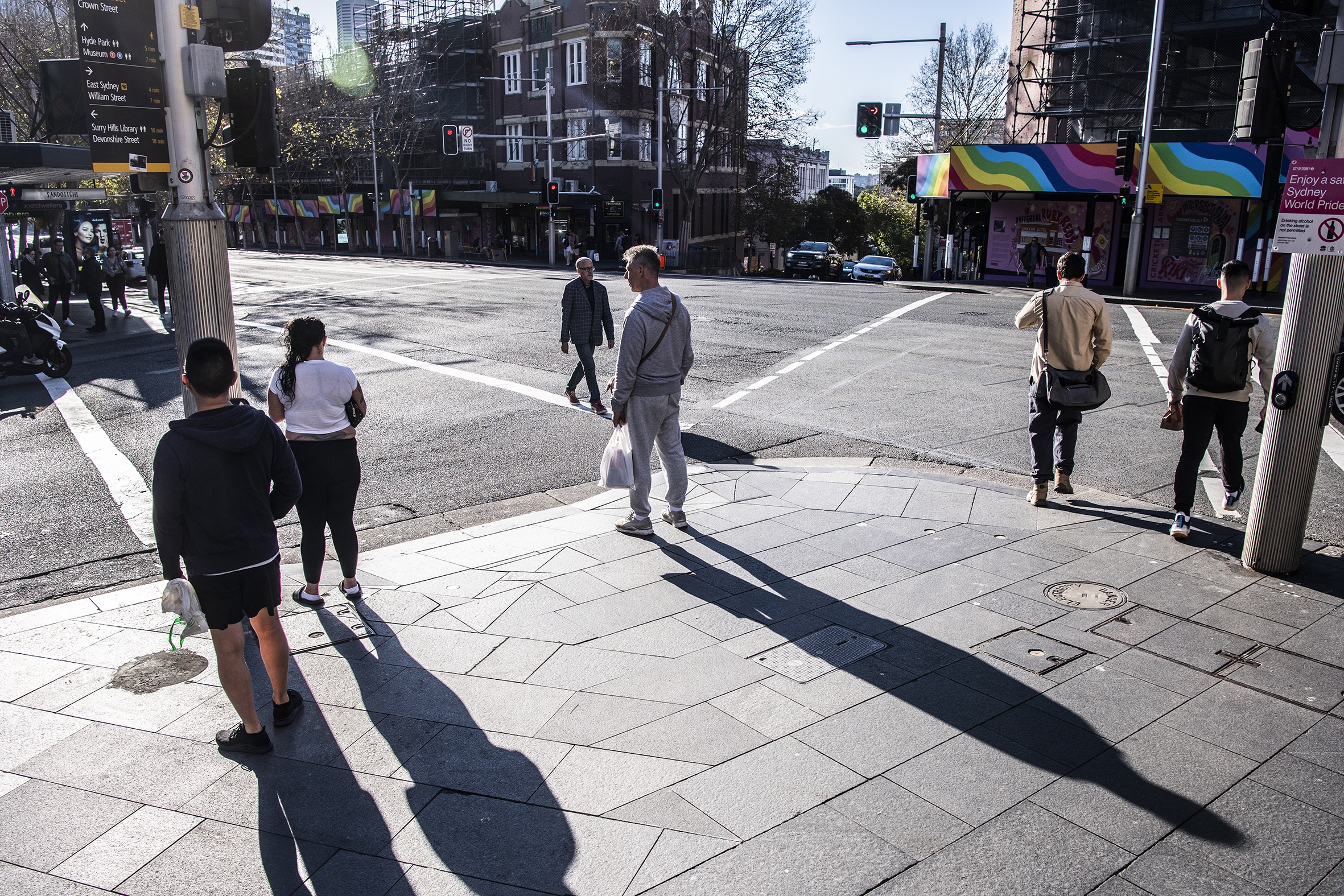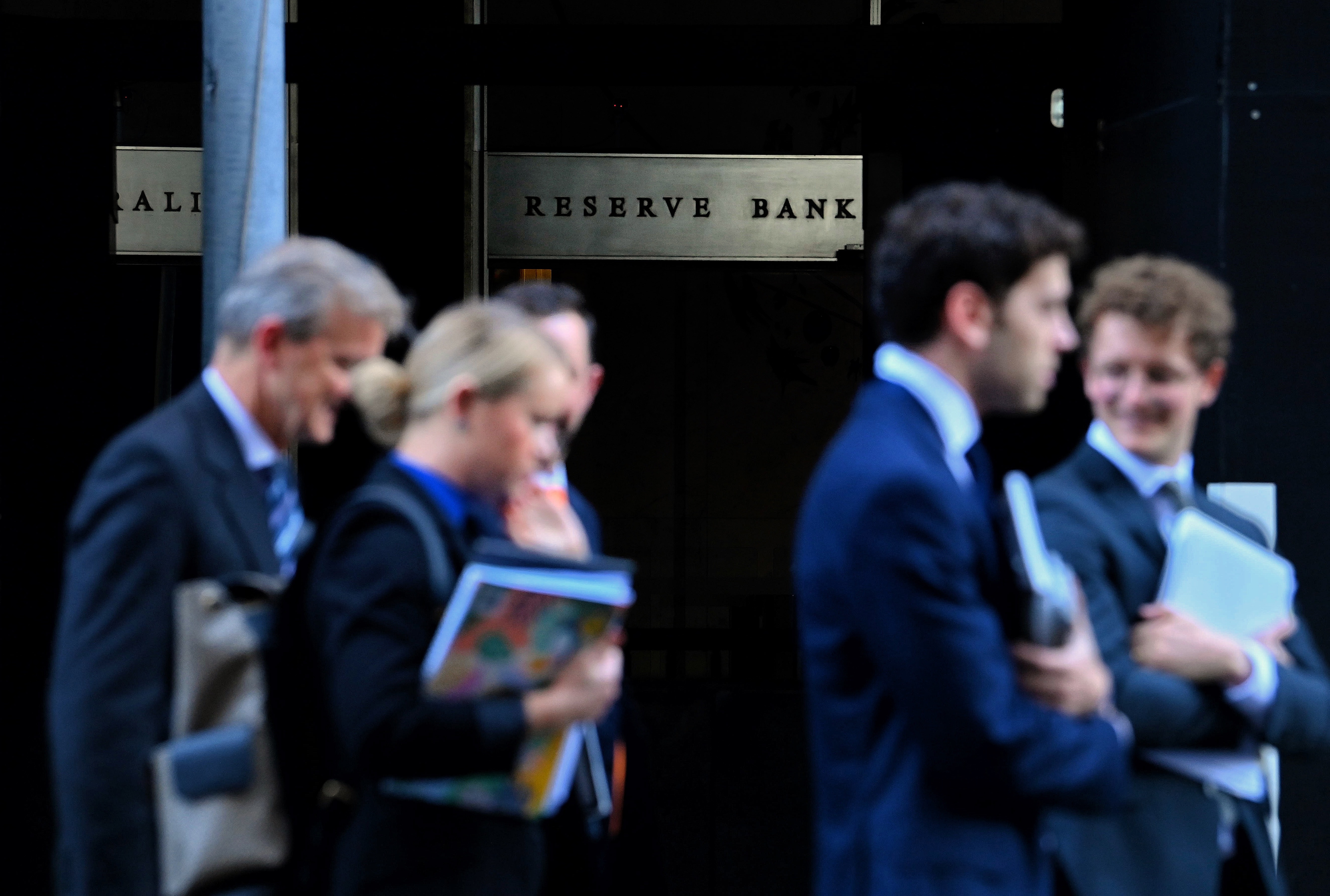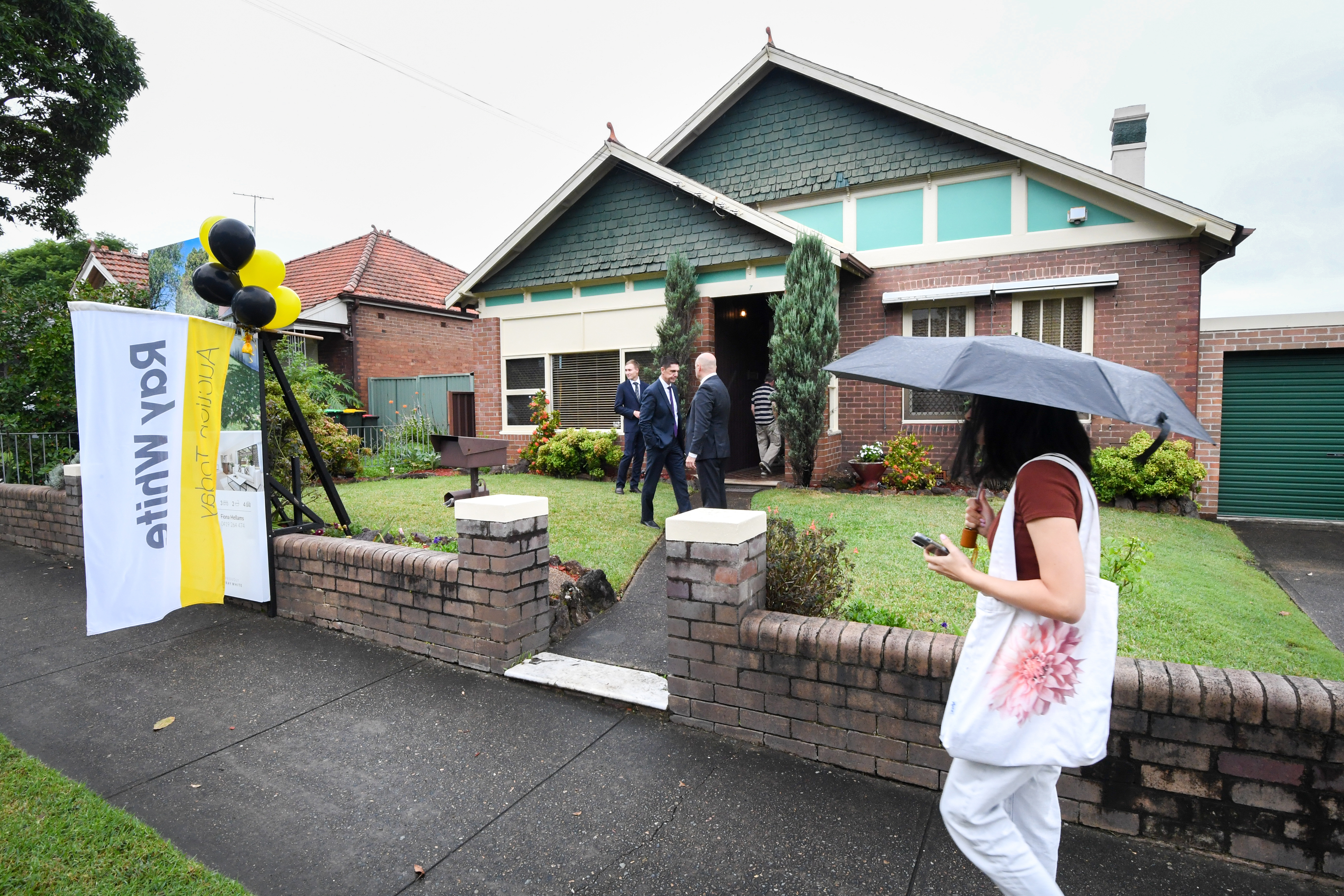It's the question all of Australia – particularly the 3.2 million mortgage holders who owe a combined $2.2 trillion – desperately want an answer to: what's going to happen to interest rates?
Predicting the cash rate is a notoriously fickle task, and the Reserve Bank is now particularly careful about providing any public indication of which way it will move, after former governor Philip Lowe's infamous 2021 prediction that the rate was very likely to remain "at its current level until at least 2024".
But there are still some facts and figures that indicate what interest rates could do – although there's no guarantee any prediction will be accurate.
READ MORE: Everything you need to know about this year's Olympic Games

Will interest rates ever go down, and when will it happen?
Yes, interest rates will go down from their current 4.25 per cent sometime in the future. We just don't know when.
It all depends on when inflation starts to get back towards the 2-3 per cent target band. While it's come down a long way from its peak of 7.8 per cent in December 2022, recent data has shown it plateauing – and even rising slightly – between 3.5 and 4 per cent.
The major banks are predicting the first cut to occur between November this year and next May.
The federal treasury in May's budget predicted an easing "from around the middle of 2025", while the wider financial market doesn't think rates will hit 4.1 per cent until next October.
READ MORE: Just how unaffordable is housing? For one group, it's impossible
How high could interest rates go in 2025?
Again, we don't know for sure, but the consensus view is that interest rates are unlikely to rise again – the big four banks and most economists think 4.35 per cent will be as high as they go, and a cut will be the RBA's next move.
This is what the central bank itself said in its most recent statement on monetary policy in May:
The forecasts assume that the cash rate is higher for longer.
The staff forecasts are conditioned on the assumption that the cash rate target remains around its current level until mid-2025 before gradually declining over the remainder of the forecast period.
This path is about half a percentage point higher from 2025 onwards than in the February statement.
READ MORE: The 'sophisticated' messages costing Aussies $15.5 million

In essence, it's the same assumption that treasury made in the federal budget – rates staying steady until mid-next year, then a slow decrease.
That could all change though – the Australian Bureau of Statistics will release the crucial June quarter inflation figures on Wednesday.
Monthly data has shown the CPI rising recently. If quarterly stats reaffirm that trend, we could be looking at a 14th increase since May 2022.
READ MORE: Australia's love affair with big cars is killing us
What will interest rates be in five years?
This is a commonly asked question, but it's one no one knows the answer to – we don't know what rates will be in five months, let alone five years.
Most long-range cash rate forecasts only look at the next couple of years. The RBA's forecast period in its latest statement on monetary policy stretched until mid-2026, when it has assumed interest rates will have dropped to 3.8 per cent.
The ASX Rate Tracker, which sums up what the wider Australian financial market expects, looks forward 18 months, when the cash rate is predicted to be just under 4 per cent.
READ MORE: Australia's 3G network is shutting down. This is what you need to know

What influences interest rates?
The simple answer is inflation.
The Reserve Bank is tasked with keeping inflation (or the consumer price index, CPI) between 2-3 per cent.
The tool it has to achieve that is interest rates – raise the cash rate to lower demand and theoretically dampen price growth, or lower it when inflation is too low to give households more spending power and increase inflation.
The more detailed answer is far more complex.
Beyond the CPI, there's a huge list of economic factors that ultimately play a role in the RBA's interest rates decision, including the unemployment rate consumer spending, international financial conditions, household debt and many more.
One other crucial measure to keep an eye on is the "trimmed mean" – a calculation that excludes the most volatile price changes which is the RBA's preferred measure of underlying inflation.
If the trimmed mean starts coming back down towards the inflation target range, that bodes well for a rate cut. If it stays high or rises, that points towards rates remaining steady or even increasing.
The information provided on this website is general in nature only and does not constitute personal financial advice. The information has been prepared without taking into account your personal objectives, financial situation or needs. Before acting on any information on this website you should consider the appropriateness of the information having regard to your objectives, financial situation and needs.
